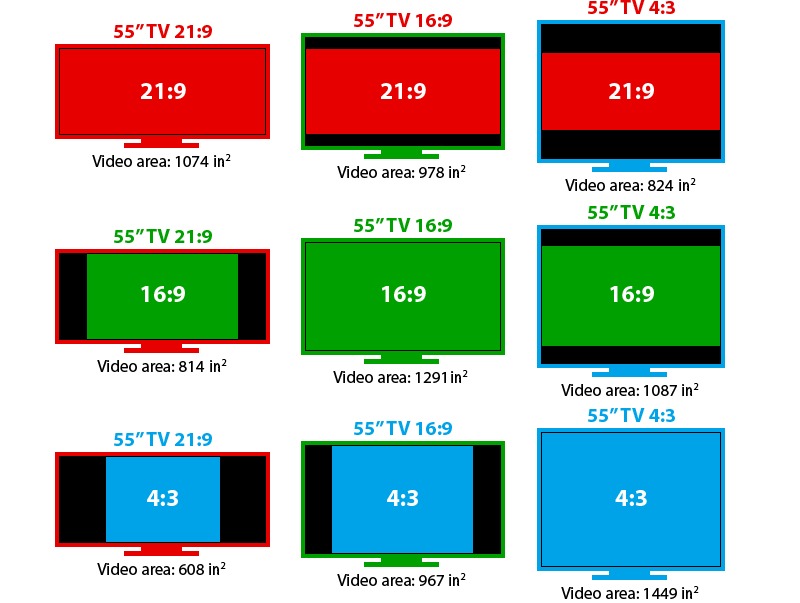
Aside from widescreen films at cinemas, 4:3 was the standard until the 1980s, with the rise of digital video. 4:3 was used until around the 1950s, when the widescreen “cinemascope” aspect ratio (2.35) took over. The first aspect ratio ever used was developed with 35mm film and was the 4:3 aspect ratio. Quick history lesson in video formattingĪspect ratios go back to the beginning of film in the early twentieth century. The video aspect ratio is often determined by the device you’re viewing the image on. Ratios may also be written as decimals, so 4:3 would be 1.33. But an image 16 pixels by 9 pixels would be too small to see, so we use an image that’s 1920 pixels by 1080 pixels instead. Both the width and height are measured in pixels.Ī common ratio for online video is 16:9. The first number in the ratio is the width, and the second number is the height.


The video aspect ratio is a ratio, like 1:1 or 1:2, that determines the size and quality of your video’s image. The video aspect ratio is important, but what is it? How is it related to video resolution, and which aspect ratios should you use for uploading videos online? In this guide, we’ll cover everything you need to know about aspect ratios for your online videos and live streams. And when viewers have countless video choices online today, you can’t afford to sacrifice quality, especially not for something as simple as the video aspect ratio. The video aspect ratio probably isn’t the first thing you think about when uploading your video online - but it should be! Getting the aspect ratio of your video right will bring the quality of your video’s image up to a high standard.


 0 kommentar(er)
0 kommentar(er)
